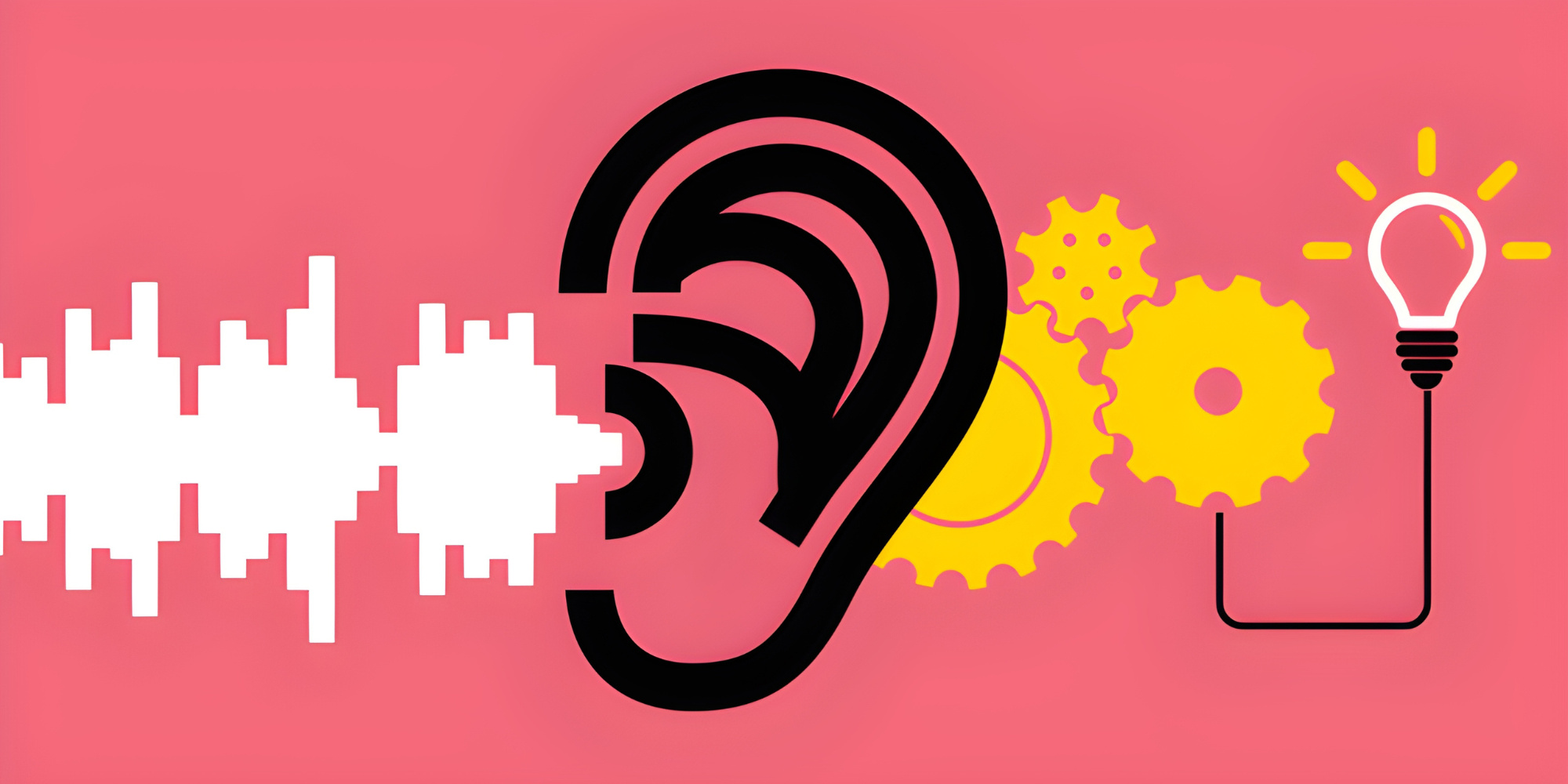
QIn a world that’s increasingly interconnected and yet, paradoxically, filled with unprecedented divisions, the ability to truly hear and understand one another has never been more essential. The art of listening – not just hearing the words spoken but interpreting their meaning and the emotions behind them – is a skill often overlooked in a society more focussed on speaking. This article seeks to delve into the importance of active listening and offer practical ways to enhance this critical skill.
The Importance of Listening
Listening is the backbone of communication, and yet, it’s often a skill many of us lack. We are taught how to speak, how to read and write, but seldom are we taught how to listen effectively. Why does it matter, you might ask? It’s simple. Without effective listening, the essence of communication is lost.
Active listening goes beyond the act of hearing words and phrases. It involves absorbing, understanding, and responding to the verbal and non-verbal cues of the speaker. It’s about recognising the emotions and ideas behind the words. By honing our listening skills, we can form deeper connections, avoid misunderstandings, and even prevent conflicts.
Techniques to Enhance Your Listening Skills
Active Engagement
Active listening requires the listener to be fully present and engaged in the conversation. This involves focussing on the speaker, avoiding distractions, and refraining from interrupting. It’s important to acknowledge the speaker’s points and, when appropriate, paraphrase their words to ensure comprehension.
Non-verbal cues
A significant part of active listening involves interpreting non-verbal cues. Body language, facial expressions, and tone of voice often convey more than words alone. By becoming attuned to these non-verbal signals, you’ll better understand the speaker’s emotions and intentions.
Open-Ended Questions
To facilitate a deeper understanding and show the speaker you are genuinely interested, ask open-ended questions. These questions can’t be answered with a simple ‘yes’ or ‘no’ and often lead to a more profound discussion.
The Power of Silence
Another important aspect of listening is the ability to embrace silence. In conversation, we often feel pressured to fill every pause, but sometimes silence can provide the speaker with space to gather their thoughts and express themselves more fully.
Listening is more than an act of communication; it’s an act of empathy. When we take the time to truly hear others, we are not only validating their experiences and feelings but also creating an environment of understanding and respect.
Learning the art of listening can significantly enhance your personal and professional relationships, enabling a deeper level of connection and understanding. After all, in the words of Stephen R. Covey, “Most people do not listen with the intent to understand; they listen with the intent to reply.” Let’s challenge ourselves to shift this paradigm and discover the transformative power of truly listening.
.thumbnailWrapper
width:6.62rem !important;
.alsoReadTitleImage
min-width: 81px !important;
min-height: 81px !important;
.alsoReadMainTitleText
font-size: 14px !important;
line-height: 20px !important;
.alsoReadHeadText
font-size: 24px !important;
line-height: 20px !important;











